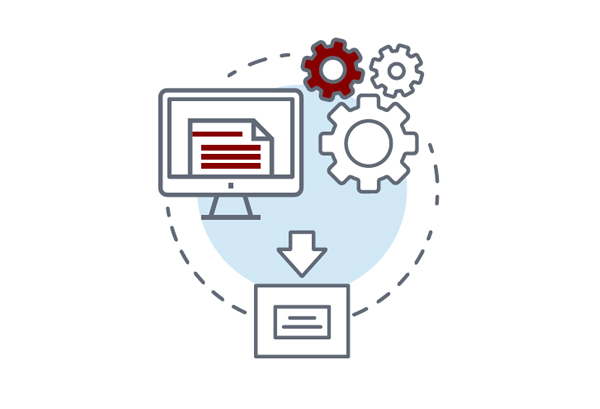Receiving eCommerce Order Information

This is Chapter 2 of 13 in our eBook on eCommerce Fulfillment for 3PL Warehouses. See the link below to download the full ebook.
In order to begin fulfillment, the warehouse must have a way to get the order information. With the growth in technology, the electronic transfer of data is the preferred method for obtaining orders. The first 2 principles of handling high volume eCommerce fulfillment are to Establish System-Driven Automation thereby Reducing the Manual Entry of Data into the system.

The two leading methods of obtaining high volume order information into the warehouse management system are EDI and Web API.
In order to begin fulfillment, the warehouse must have a way to get the order information. With the growth in technology, the electronic transfer of data is the preferred method for obtaining orders. The first 2 principles of handling high volume eCommerce fulfillment are to Establish System-Driven Automation thereby Reducing the Manual Entry of Data into the system.
Electronic Data Interchange (EDI) has been around forever, so just about every system should handle it, and handle it well. If not, that should be a red flag to evaluate your software. When exchanging data through EDI, there are various formats including X12, XML, CSV, and JSON with more showing up all the time. Typically, one party in the EDI exchange may dictate the format, and the rest must follow suit, or a consensus is chosen based on what each software uses most often. EDI is great for its simplicity, cost to implement, and wide-range of resources in the market that are familiar with it.
eCommerce may often demand a faster pace, more real-time exchange of data, and that is when a Web API may be required. A Web API is similar to EDI in that data is still organized into a file format such as XML or JSON, but the communication happens in real-time using a protocol such as SOAP or REST so that both software systems immediately know the result of the transaction. Most eCommerce orders are sourced from a shopping cart web ordering system, and these systems usually are built with a standard open API for interacting with the orders in the system. If the warehouse management system has a Web API, a service can utilize these Web APIs to quickly move orders between the shopping cart and the WMS. This service that moves the orders may be written by a developer of the WMS, the shopping cart system, or a growing industry of 3rd party developers whose role is to build integrations between systems. Since the transfer of data is in real-time the shopping cart software can get immediate feedback on the status of orders in the warehouse and reflect current inventory balances to reduce out of stock events.
Feel free to click here to access the download page for the full eBook or check back as we post regularly.
